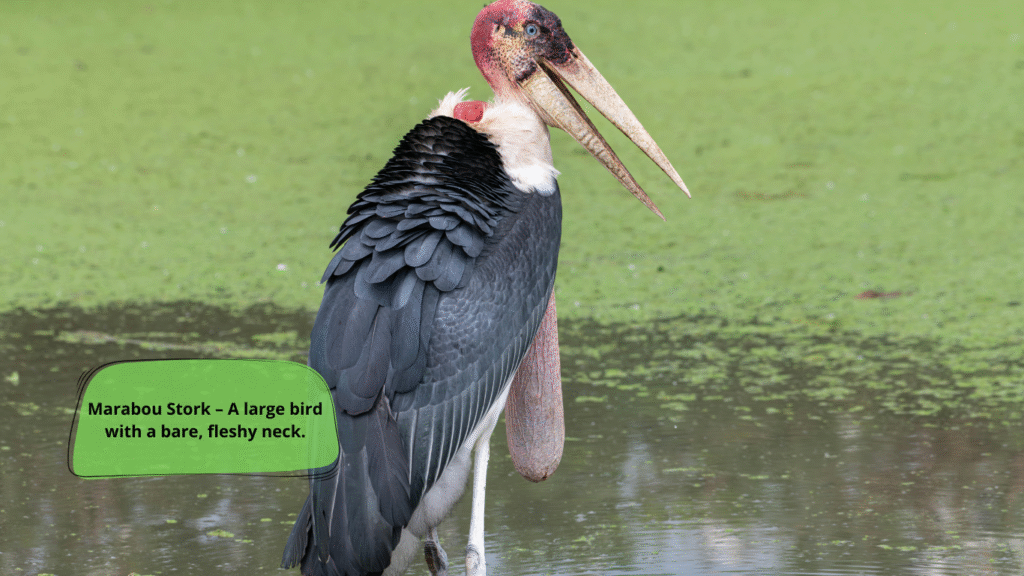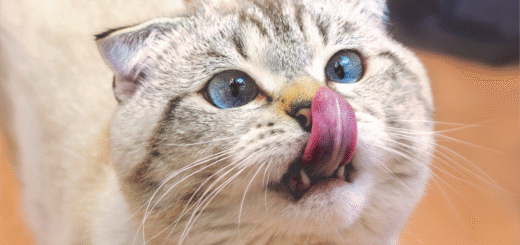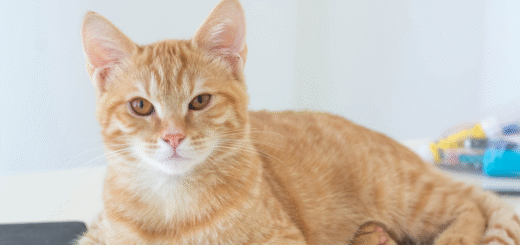Marabou Stork: The Gruesome Giant of the Bird World
The Marabou Stork (Leptoptilos crumenifer) is one of Africa’s most recognizable — and often misunderstood — birds. Towering on long, stilt-like legs with a wingspan reaching up to 12 feet, this scavenger has earned nicknames like the “Undertaker Bird” for its dark, ominous appearance. But behind the stark looks lies an ecologically vital species that plays a crucial role in maintaining balance in its environment.

In this article, we explore the fascinating world of the Marabou Stork, its behavior, habitat, diet, and why it deserves a place in the spotlight.
Physical Characteristics
The Marabou Stork is impossible to miss. Standing up to 5 feet tall, it has a bald head and neck — an adaptation to its scavenging lifestyle — and a massive, dagger-like bill perfect for tearing flesh. The bird’s most distinctive feature is the pink, inflatable throat sac hanging from its neck, used in mating displays and vocalizations.
Despite its awkward gait and odd looks, this stork is a strong flier. With broad wings and hollow leg bones (a trait shared with other large birds like vultures), it soars with ease and grace.
Habitat and Distribution
Marabou Storks are found across sub-Saharan Africa, thriving near human settlements, wetlands, garbage dumps, savannas, and grasslands. They are highly adaptable, often congregating where food is abundant — including near slaughterhouses and landfills.
These birds are gregarious and frequently nest in colonies high in trees, especially during the dry season when food is scarce and competition is fierce.
Diet and Scavenging Role
Primarily scavengers, Marabou Storks feed on carrion, animal remains, and refuse. They often work alongside vultures, cleaning up carcasses that could otherwise spread disease. Their strong stomach acid allows them to digest decaying matter with ease.
In addition to scavenging, they hunt small animals such as insects, frogs, fish, rodents, and even baby crocodiles. Their omnivorous nature makes them critical in nutrient recycling and pest control.
Breeding and Behavior
Marabou Storks typically breed during the dry season. Males perform a strange, clapping display with their bills while inflating their gular sacs to attract females. Once paired, the female lays two to three eggs, and both parents share incubation duties.
Chicks are altricial — born helpless and blind — and rely heavily on parental care. It takes around four months for the young to fledge.
Socially, Marabou Storks are often seen standing silently in groups, resembling statues. Their eerie silence is broken by occasional guttural croaks, bill rattling, and deep grunts.
Marabou Stork and Human Perception
Often considered “ugly” or repulsive due to their carrion diet and unfeathered heads, Marabou Storks are sometimes wrongly viewed as pests. However, their scavenging role is essential to public health and ecosystem maintenance.
In some African cultures, they are symbols of death and rebirth, linked to their association with decay and regeneration.
Conservation Status
According to the IUCN Red List, the Marabou Stork is currently listed as Least Concern, with stable populations in many regions. However, habitat destruction, pollution, and changing waste management practices could pose future threats.
Protection of wetlands and awareness of their ecological role are key to ensuring their survival.
Final Thoughts
The Marabou Stork may not win beauty contests, but its ecological importance is undeniable. As nature’s cleanup crew, it prevents disease, recycles nutrients, and keeps ecosystems healthy. Understanding and respecting this bird is a step toward appreciating the often-overlooked heroes of the animal kingdom.








